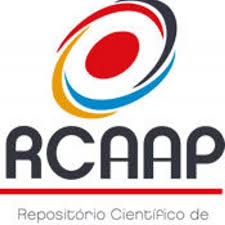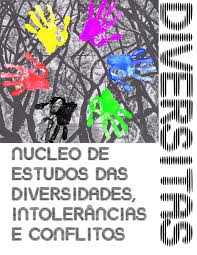Indigenous Storytelling in the Contemporary World: An Interview with Drew Hayden Taylor
Resumo
Indigenous writers celebrate the resistance and survival of traditional storytelling in contemporary literature, and Ojibway writer Drew Hayden Taylor has done his part in Canada. He is an award-winning playwright who has spread the knowledge of Ojibway storytelling he gained growing up on the Curve Lake First Nation, located in Peterborough (Ontario), where he still has a home and kindly received me there. Taylor has published thirty books which include plays, novels and short stories, and is also well-known as a journalist and filmmaker, with documentaries such as Red Skins, Tricksters and Puppy Stew (2000) on Native humor, and Searching for Winnetou (2018), which opened the Asinabka Festival in Ottawa this year.
One of the themes that Drew Hayden Taylor explores in his writings is identity. In a very humorous way, he uses his experience of growing up in an Indigenous community as a blond and blue-eyed Ojibway to question stereotypes associated with Indigenous people. The experience of moving from Curve Lake to the city of Toronto also gave him a critical perspective about stereotypes associated with Indigenous people and the complexities of Indigenous experience on the reserve and in city life, as we observe in his book Funny, You Don’t Look Like One: Observations of a Blue-Eyed Ojibway (1996).
Texto completo:
PDF (English)Referências
DRISKILL, Qwo-Li. Theatre as Suture: Grassroots Performance, Decolonization and Healing. In: Hulan, Renée; Eigenbrod, Renate. Aboriginal Oral Traditions: Theory, Practice, Ethics. Winnipeg: Fernwood, 2008.
HIGHWAY, Tomson Dry lips oughta move to Kapuskasing. Calgary: Fifth House, 1989.
_____ . The rez sisters. Calgary: Fifth House, 1988.
KLEIN, Tatiane. ‘Esquece do seu filho’: o Brasil está tirando crianças indígenas de suas mães e colocando para adoção. The Intercept. July 28, 2018.
MARACLE, Lee. Oratory on Oratory. Trans.Can.Lit: resituating the study of Canadian
Literature. In: Smaro Kamboureli and Roy Miki (Eds.). Waterloo: Wilfrid Laurier, 2007.
MILLER, Arthur. Death of a salesman. New York: Penguin, 1976.
SHAPESPEARE, William. Hamlet. New York: Dover, 1992.
_____ . King Lear. New York: Dover, 1994.
_____ . Macbeth. New York: Dover, 1993.
TAYLOR, Drew Hayden Taylor. Alive and Well: Native Theatre in Canada. Journal of Canadian Studies, n. 3, v. 31, 29-38, 1996.
_____ . AlterNatives. Vancouver: Talon books, 2000.
_____ . Dead white writer on the floor. Vancouver: Talon books, 2011.
_____ . 400 kilometres. Vancouver: Talon books, 2005.
_____ . Funny, you don´t look like one: observations of a blue-eyed Ojibway. Penticton: Theytus Books, 1996.
_____ . In a world created by a drunken God. Vancouver: Talon books, 2006.
_____ . Motorcycles and sweetgrass. Toronto: Knopf Canada, 2010.
_____ . Only drunks and children tell the truth. Vancouver: Talon books, 1998.
_____ . Someday. Markham: Fifth House, 1993.
_____ . The night wanderer. Toronto: Anick Press, 2007.
Apontamentos
- Não há apontamentos.
ISSN eletrônico: 1984-5677
ISSN impresso: 1519-0994





















